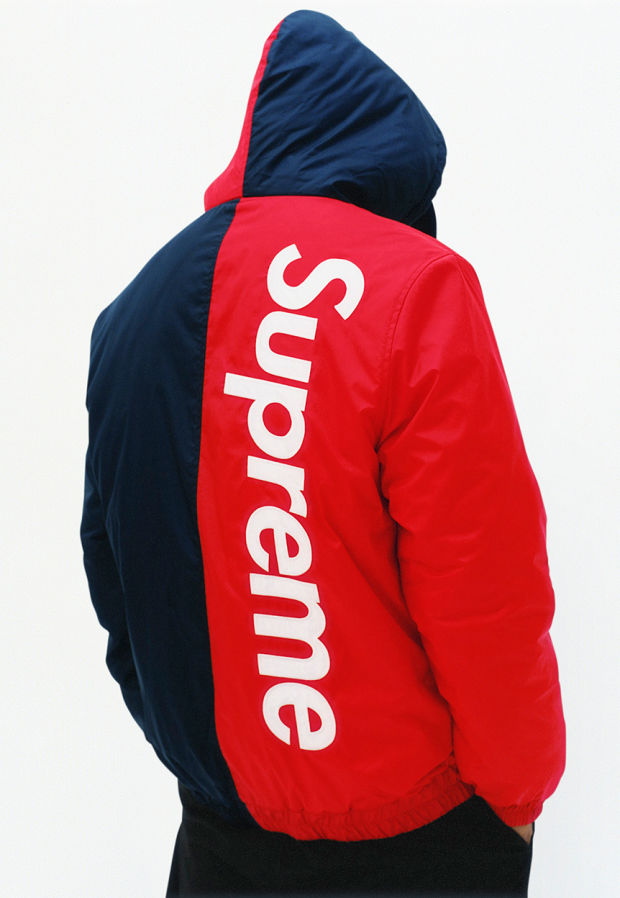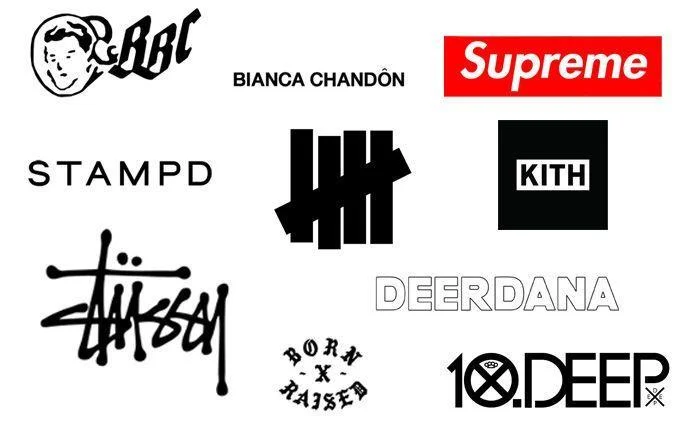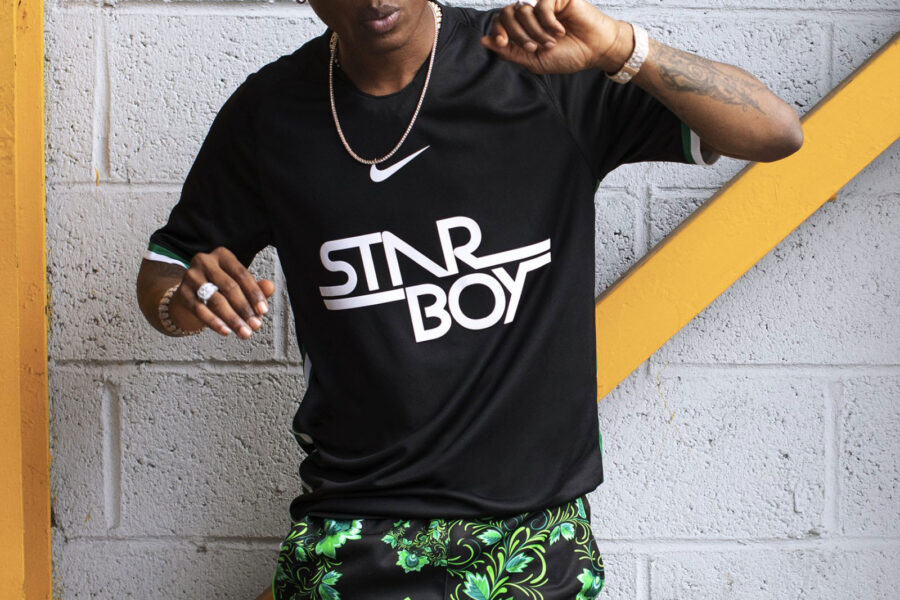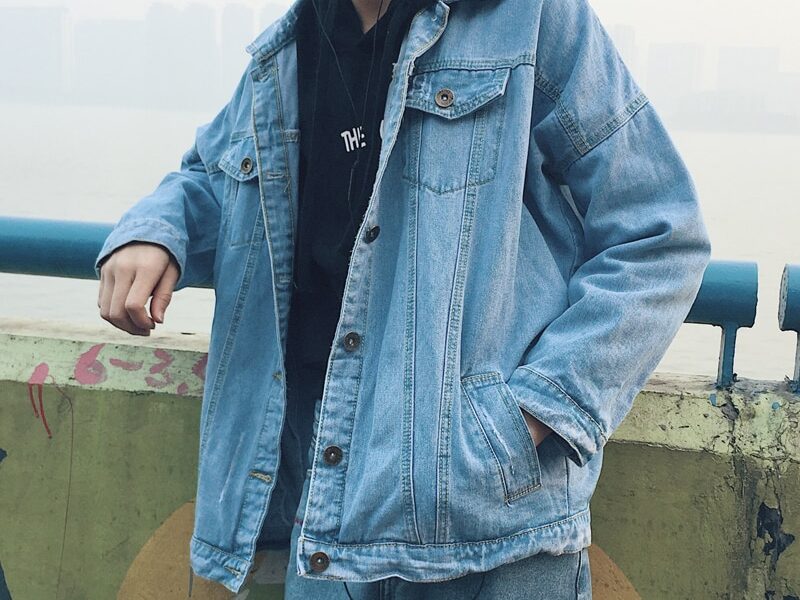Streetwear’s journey from a niche subculture to a mainstream fashion phenomenon is nothing short of remarkable. It began in the 1980s, deeply rooted in the skateboarding and hip-hop scenes of cities like Los Angeles and New York. Skaters and rappers, seeking comfortable yet stylish clothing that reflected their rebellious spirit, laid the foundation for what would become a global trend. Early brands like Stüssy and Supreme emerged from this scene, quickly gaining a following for their bold graphics and unique approach to casual wear.
 As the 90s rolled in, streetwear began to diversify, drawing influences from punk, graffiti, and even sports. This decade saw the rise of brands like A Bathing Ape (BAPE) in Japan, which introduced a new level of exclusivity and collectibility to the scene. Limited-edition drops, collaborations with artists, and the rise of sneaker culture all contributed to the growing appeal of streetwear, turning it into a coveted status symbol.
As the 90s rolled in, streetwear began to diversify, drawing influences from punk, graffiti, and even sports. This decade saw the rise of brands like A Bathing Ape (BAPE) in Japan, which introduced a new level of exclusivity and collectibility to the scene. Limited-edition drops, collaborations with artists, and the rise of sneaker culture all contributed to the growing appeal of streetwear, turning it into a coveted status symbol.
The 2000s marked a turning point as streetwear started to infiltrate the world of high fashion. Designers like Virgil Abloh, with his brand Off-White, blurred the lines between street style and luxury, bringing hoodies and graphic tees to the runway. This period also saw the rise of social media, which played a crucial role in spreading streetwear culture globally, making it accessible to a broader audience.
Today, streetwear is more than just a fashion trend; it’s a cultural movement that influences music, art, and even politics. It represents the voice of the youth, a way to challenge the status quo and make bold statements. Brands like TinTin continue this legacy, pushing the boundaries of what streetwear can be, while staying true to its roots of creativity, individuality, and defiance.







